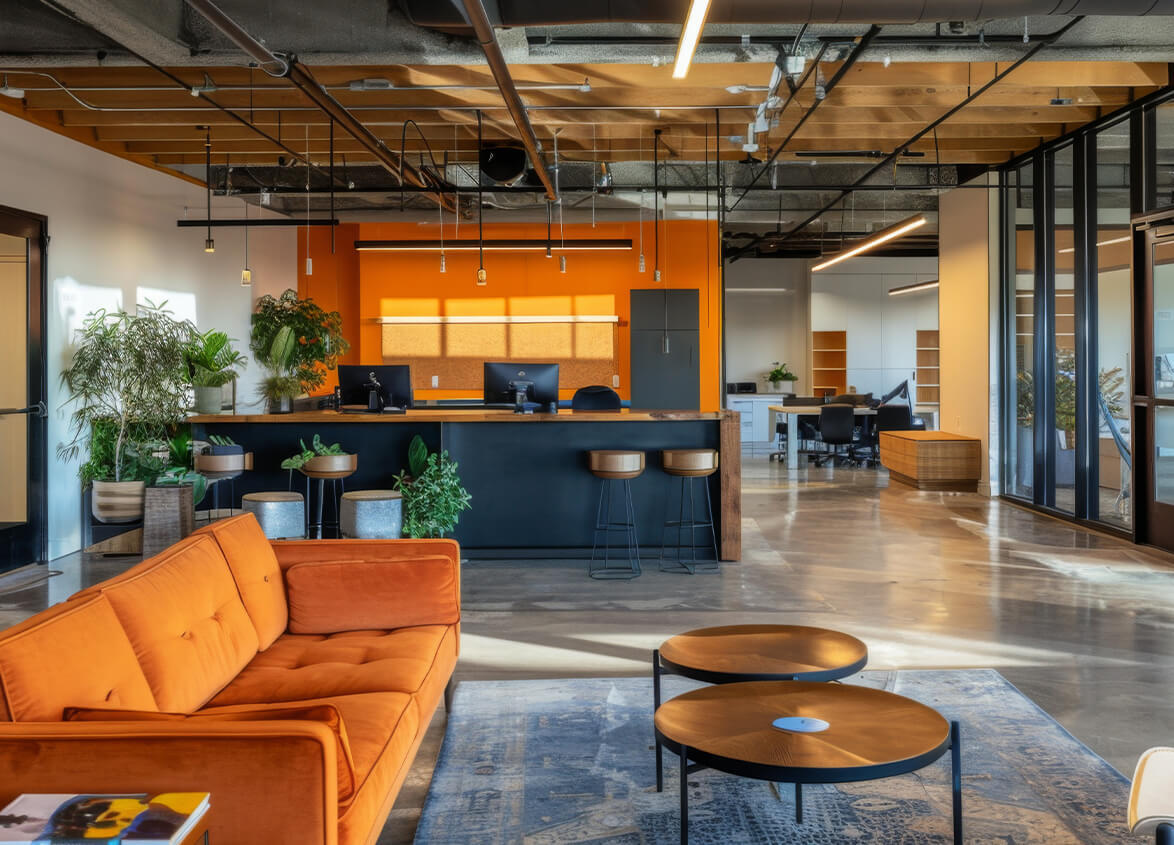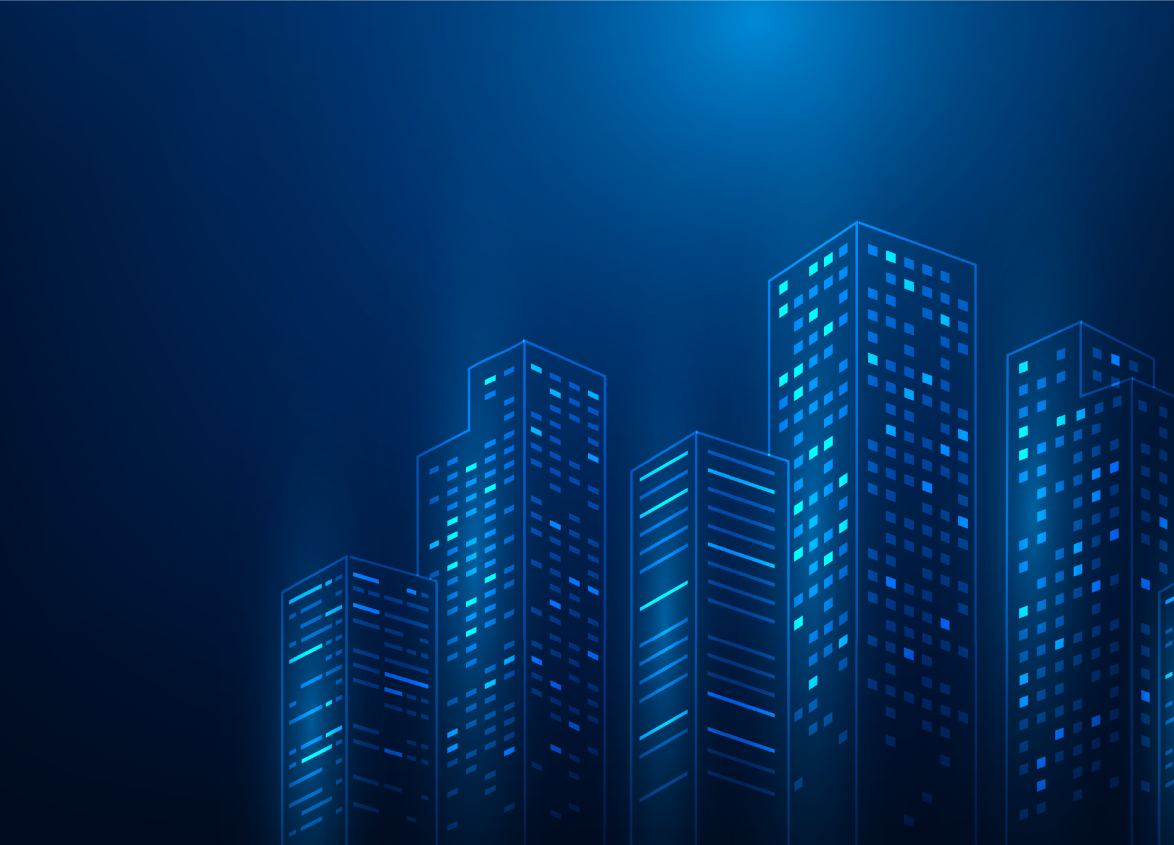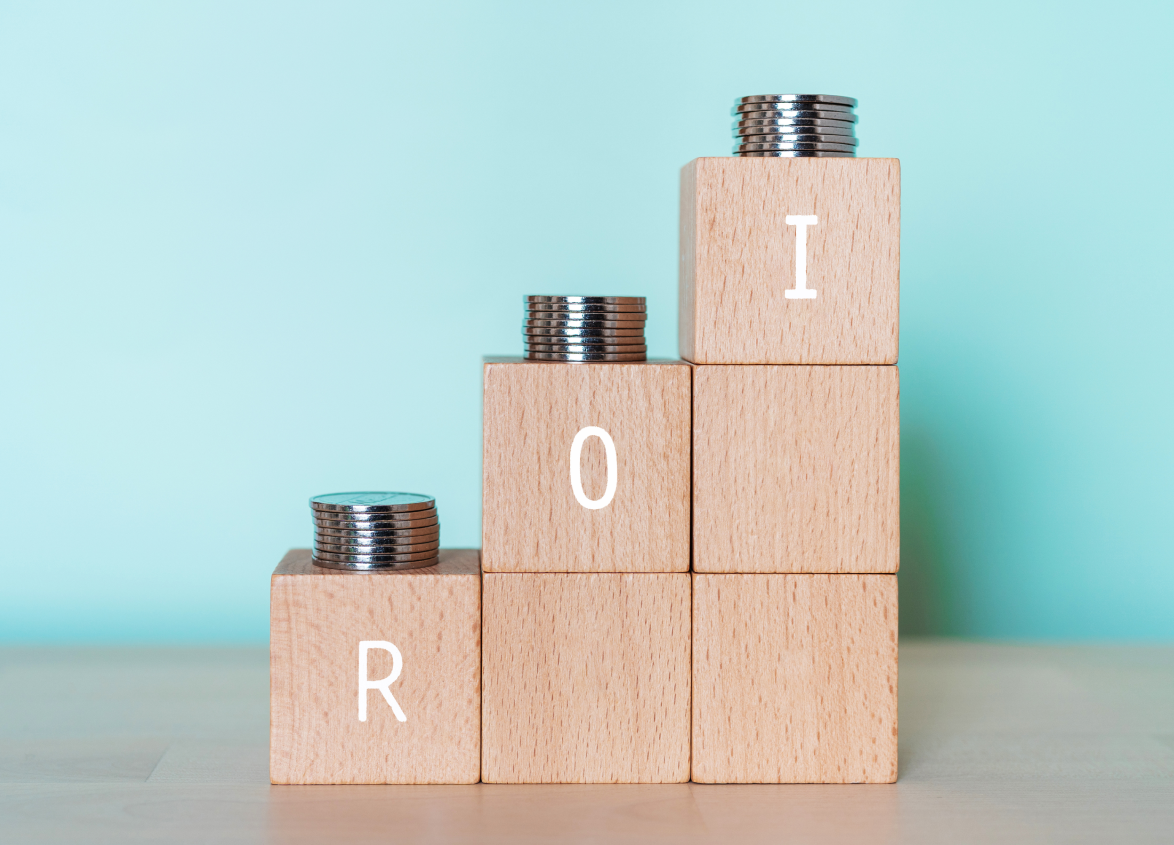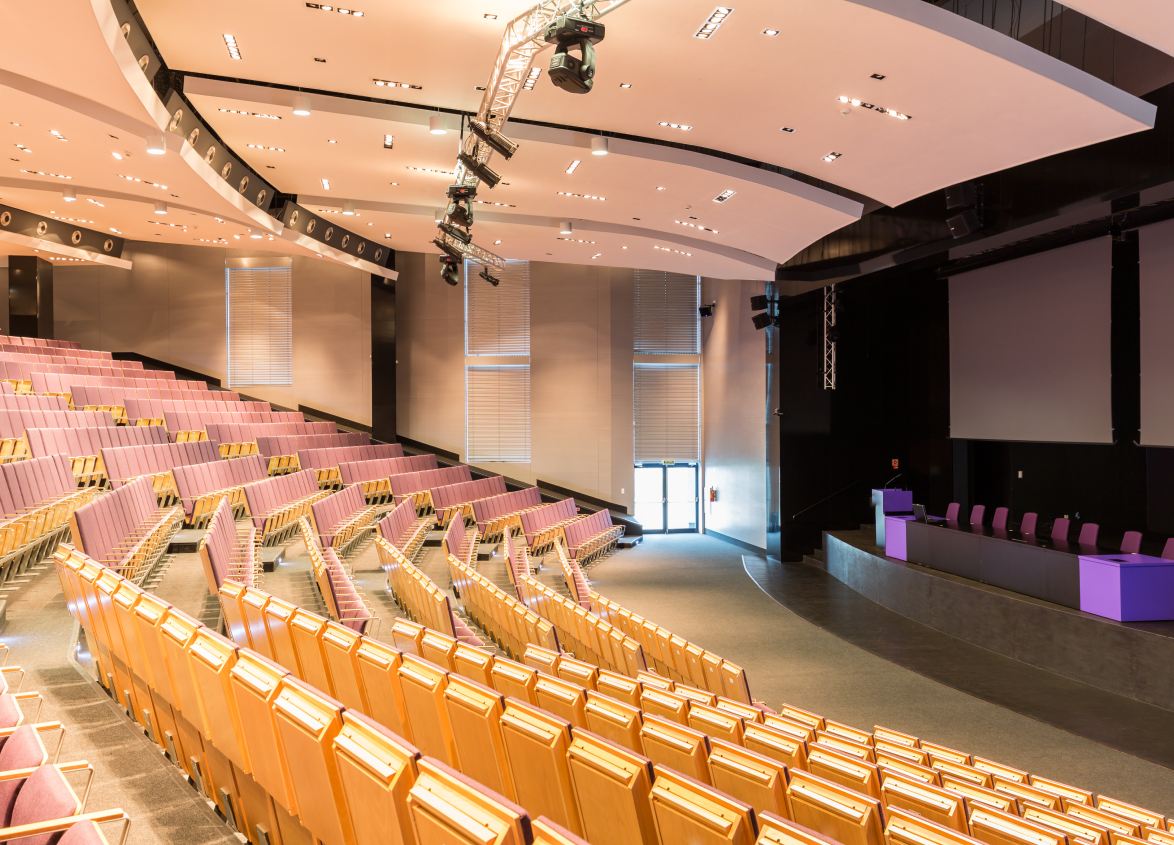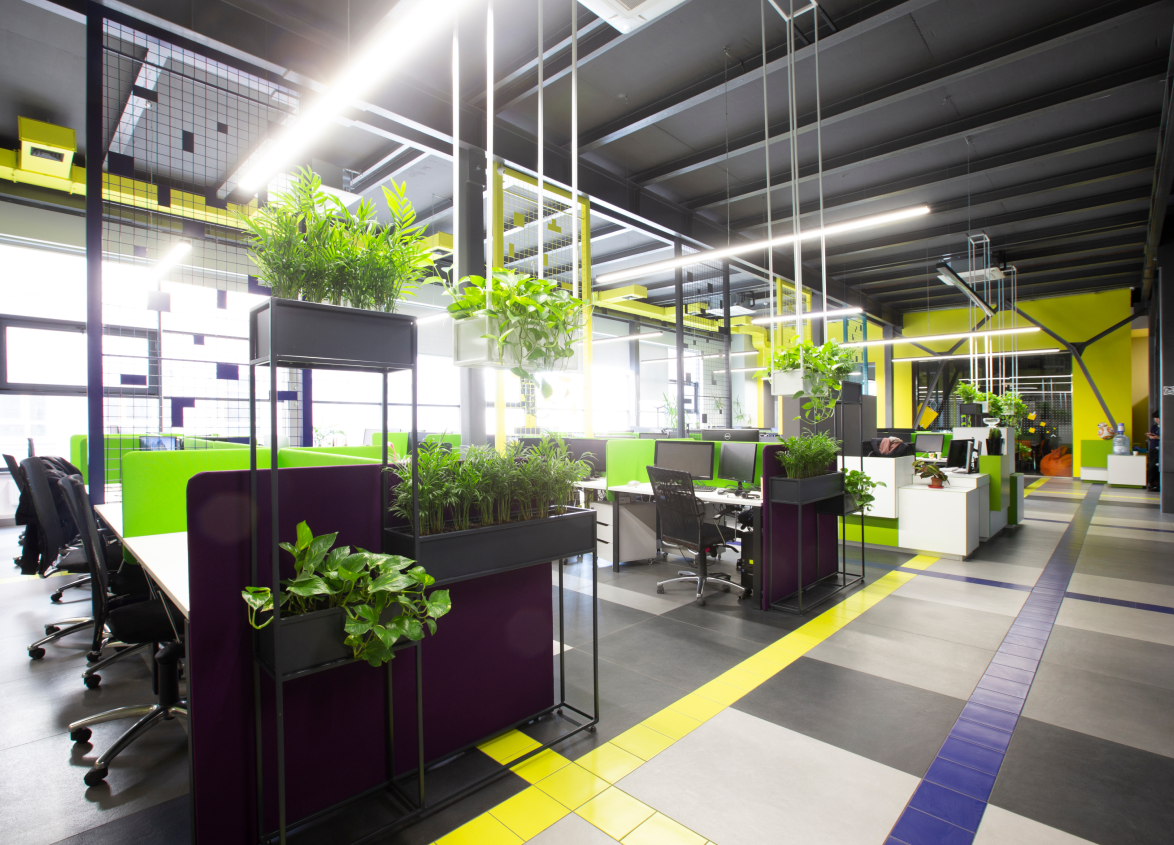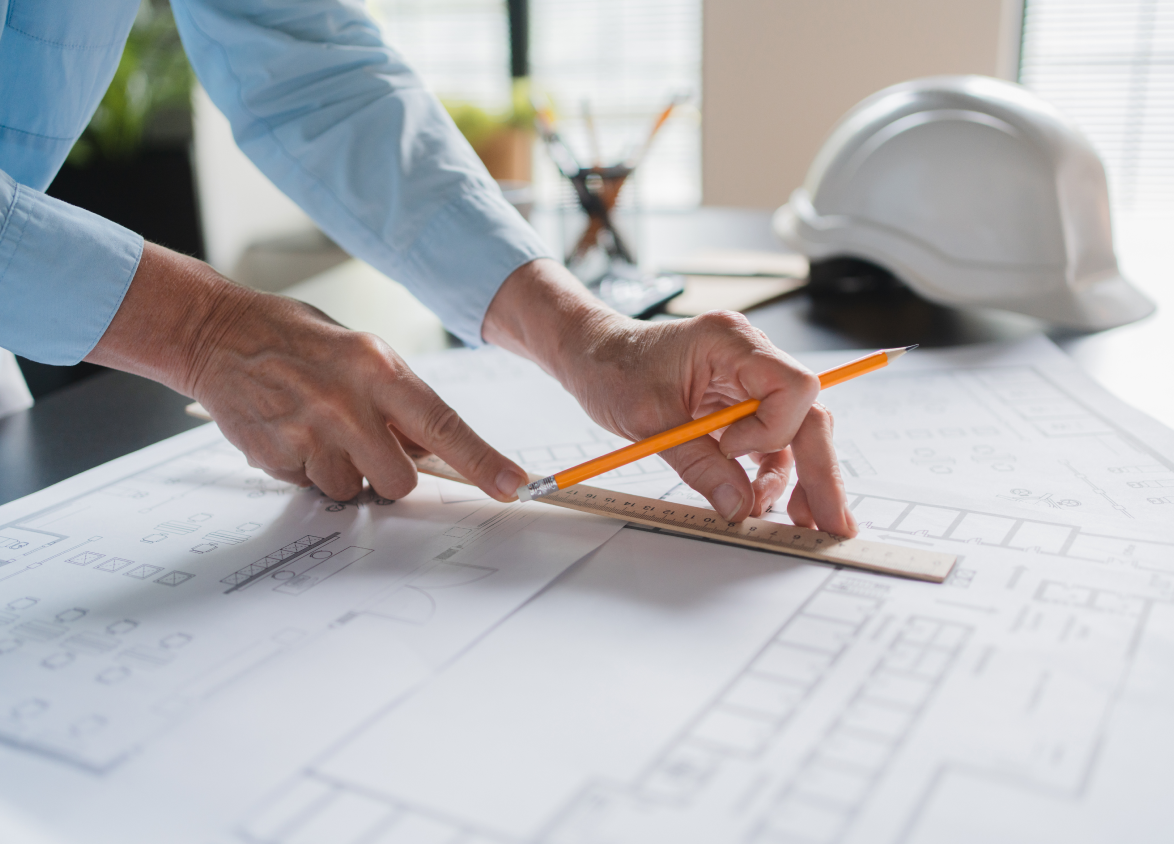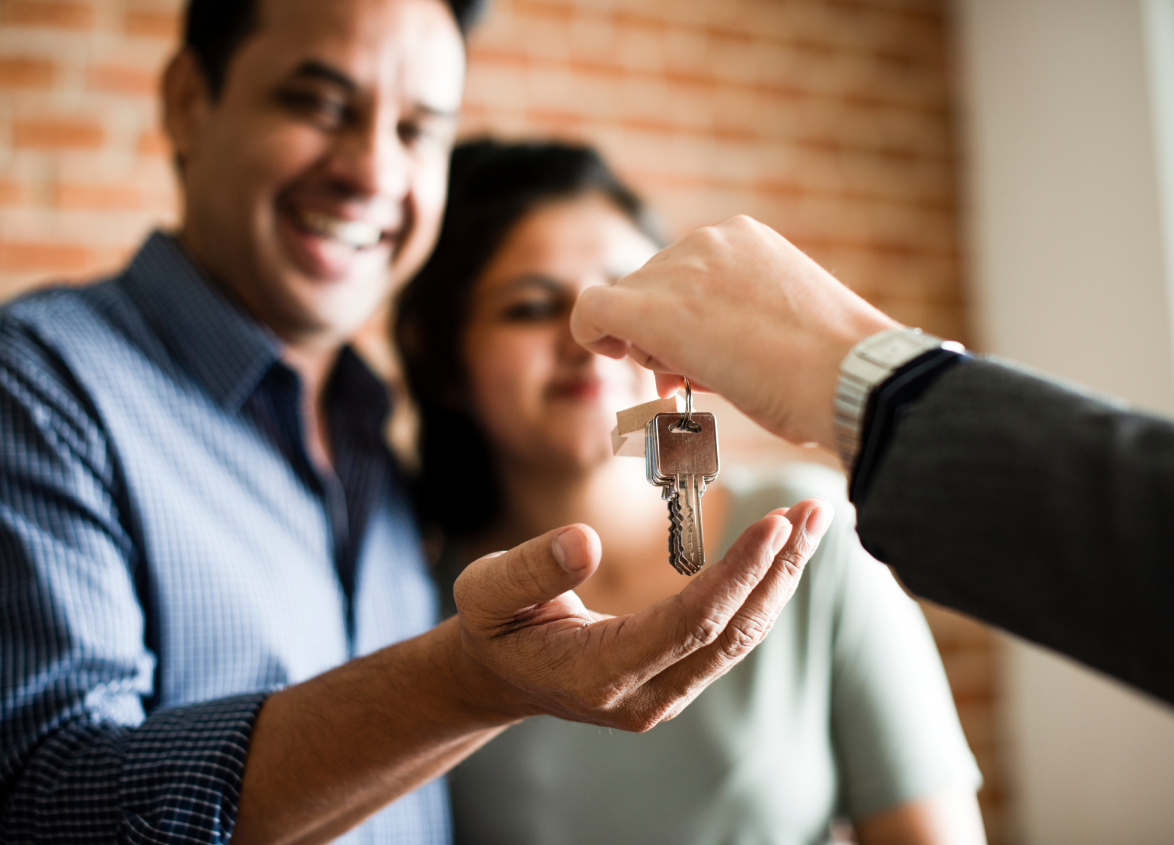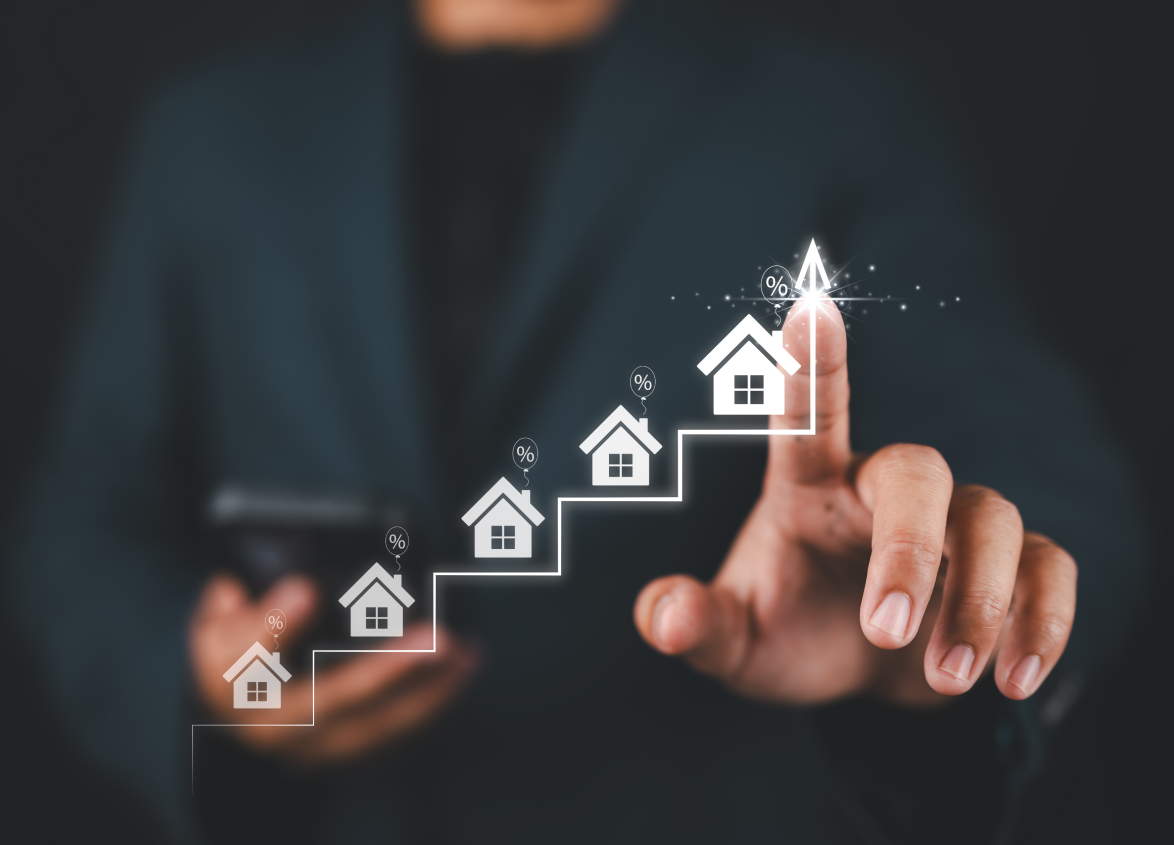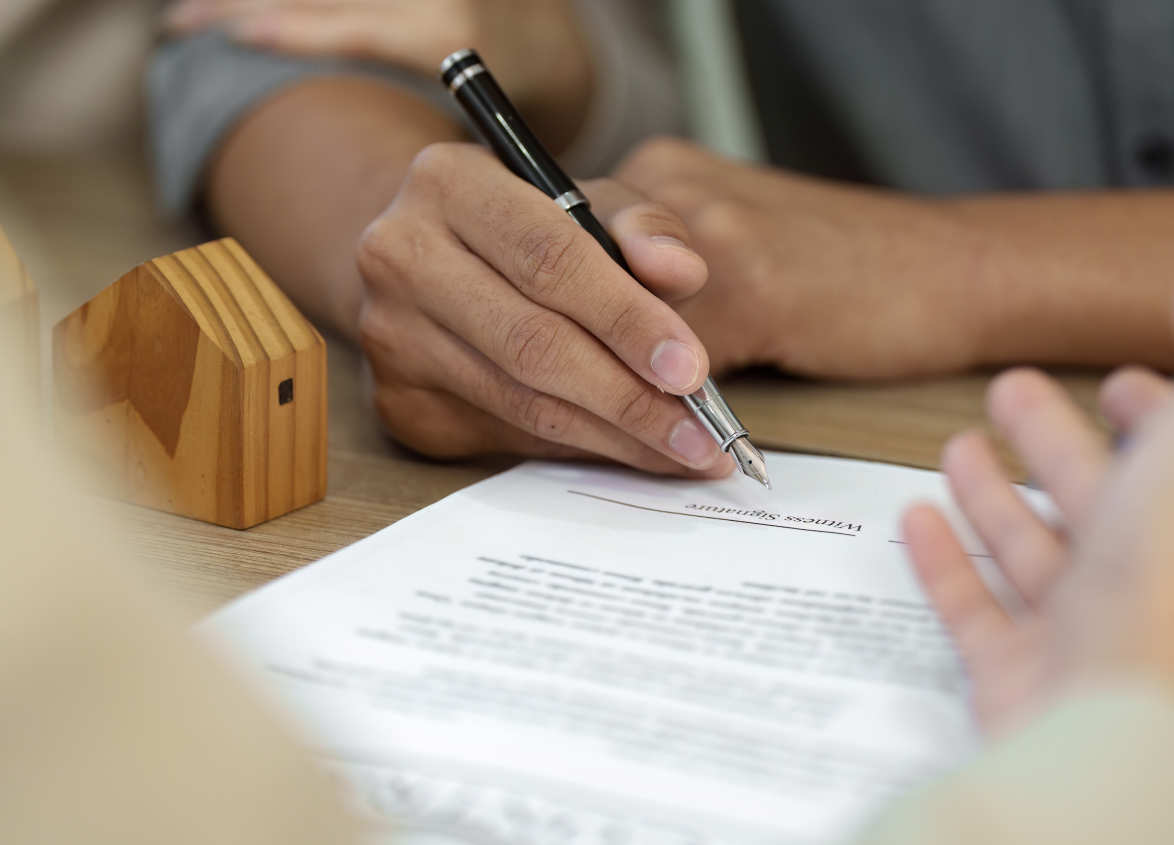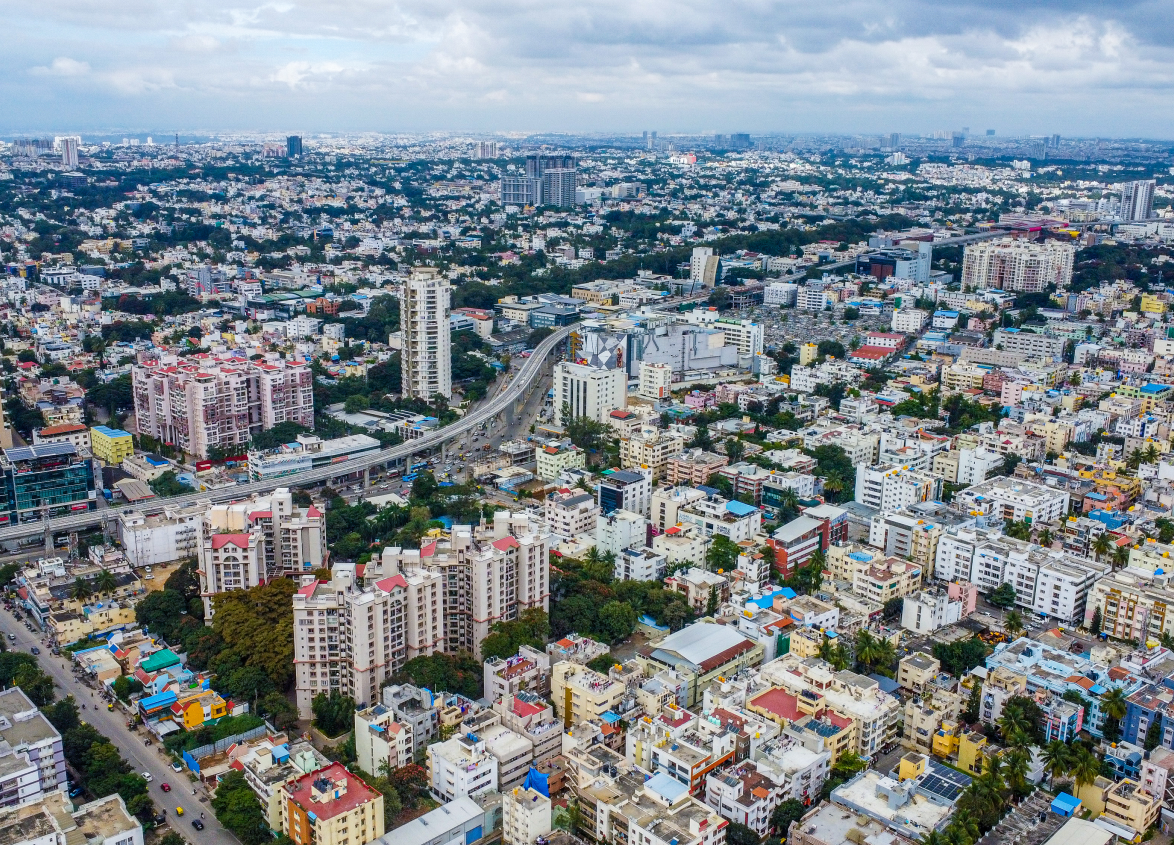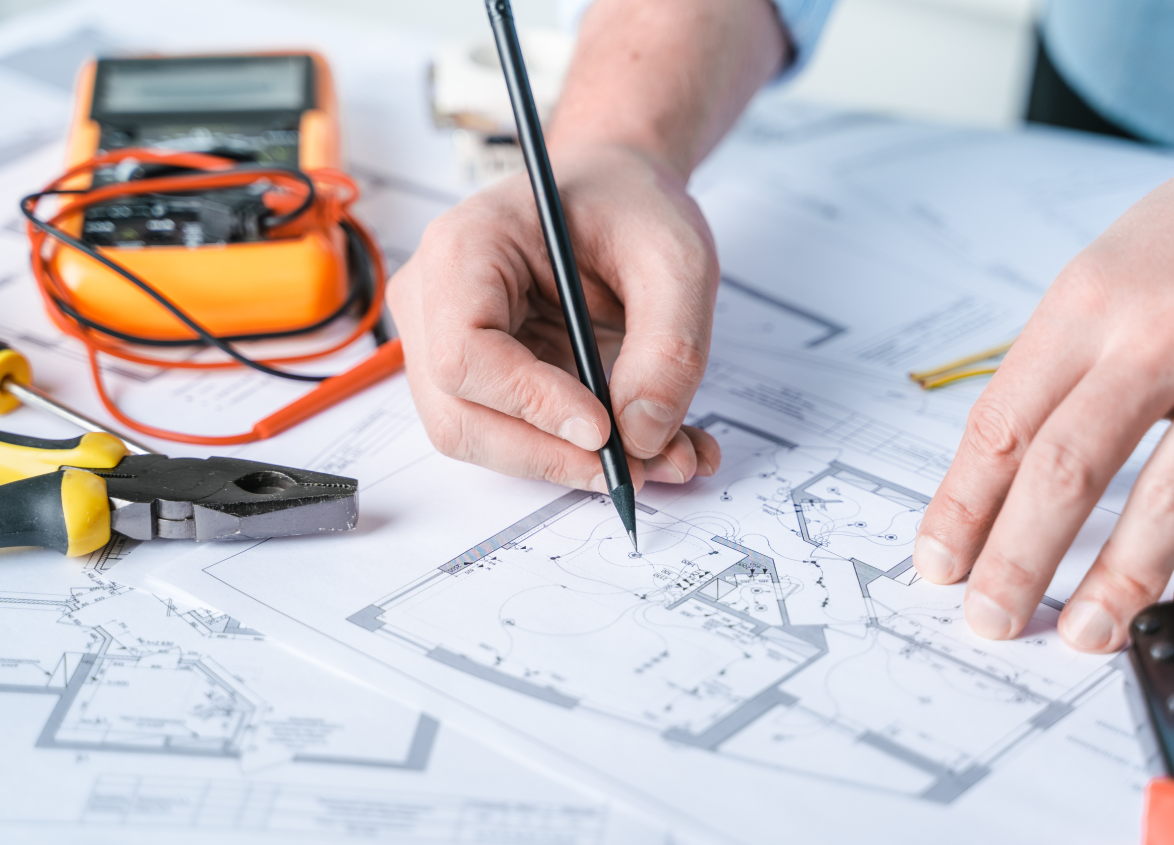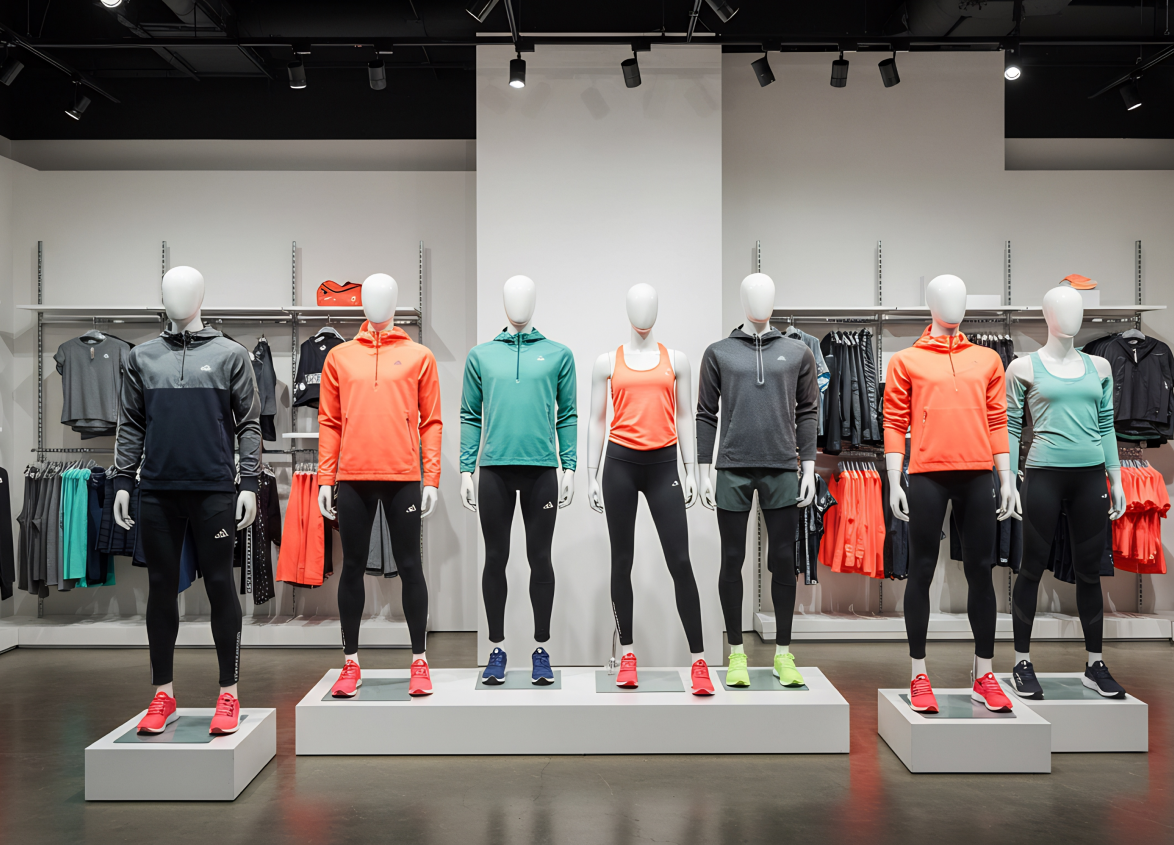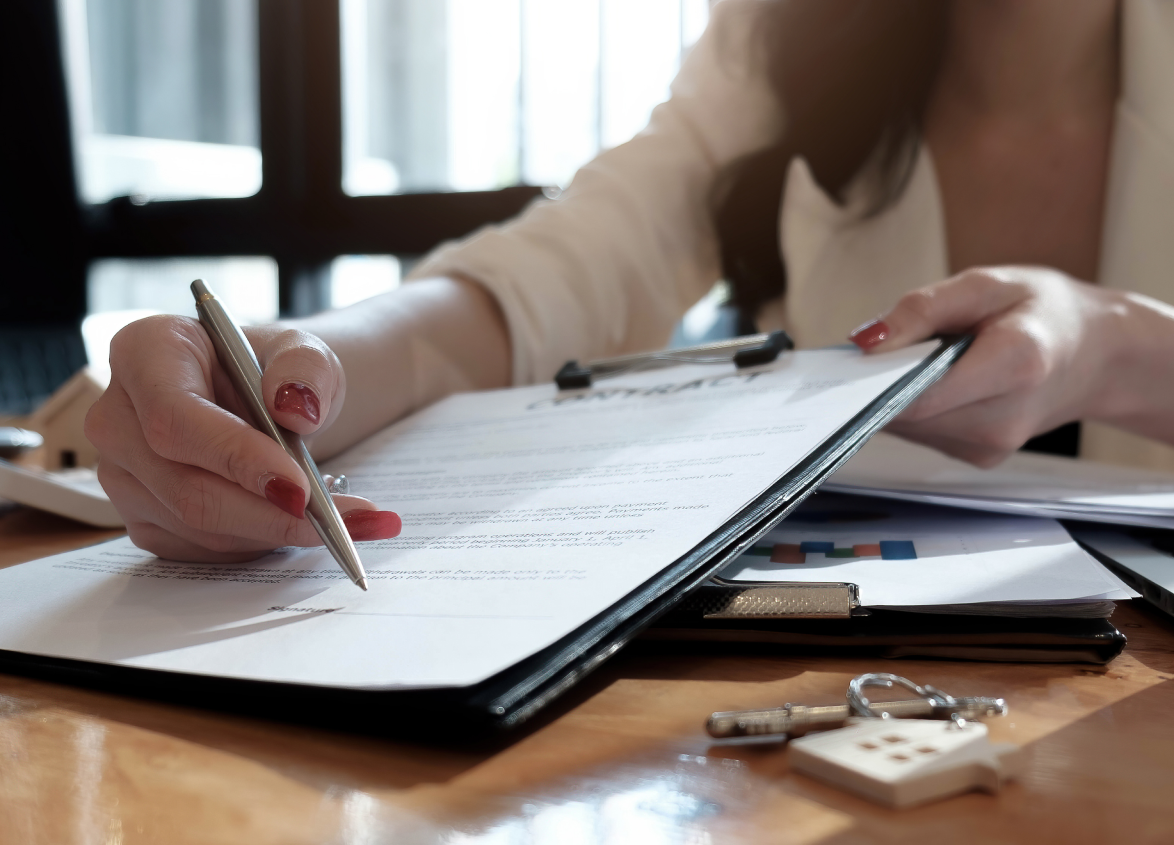
Commercial
Understanding Commercial Real Estate Terminology
October 10, 2024
India has an important sector that is growing fast with CRE. Office spaces, retail stores, and warehouses are needed all over the place from investors to business owners. Therefore, some of the key commercial real estate terms have to be known for making more conscious decisions.
This article aims at discussing some of these terminologies that are critical in the field of commercial real estate in an easy-to-understand manner.
1. Gross Rent Lease
The gross rent lease is a very straightforward kind of commercial real estate lease. The tenant has to pay a fixed rent while most of the operating costs are taken care of by the owner. These costs are typically maintenance, property tax and insurance. Many small businesses like to operate on this lease type as it provides a clear, predictable monthly rental expense. On the other hand, any increase in the building’s expenses, the owner will bear the financial loss.
Example: If you take a retail store with a gross rent of ₹1,00,000 per month, the owner will cover other costs such as property maintenance and taxes.
2. Modified Gross Lease
A Modified Gross Lease is a flexible option between a gross rent lease and a net lease. In this arrangement, the tenant and landlord share the costs of the property. Typically, the tenant covers rent and a portion of the operating expenses, like utilities and maintenance, while the landlord continues to pay property taxes and insurance. This is more common in office spaces in major Indian cities like Mumbai and Bengaluru.
Example: In a modified gross lease, if your office space rent is ₹80,000 per month and your share of utilities is ₹10,000, your total monthly payment would be ₹90,000.
3. Double Net Lease (NN)
With respect to a Double Net Lease, the leaseholder not only pays the rent but also covers a section of the property’s taxes and insurance premiums. However, structural maintenance and major repairs are still under the landlord’s jurisdiction. This kind of lease is gaining popularity in India, particularly in thriving commercial areas like Gurgaon and Pune. It grants tenants more authority over their surroundings and places some extra financial responsibility on them as well.
Example: If your office rent is ₹75,000 and the property taxes and insurance are ₹15,000, you will have to pay ₹90,000 per month under a double net lease.
4. Triple Net Lease (NNN)
A Triple Net Lease is common in India for retail outlets and industrial spaces. Under this lease, the tenant is responsible for all operating expenses. It includes property taxes, insurance and maintenance, in addition to the rent. This arrangement benefits landlords as they transfer the majority of the financial burden to tenants. For tenants, while the base rent might be lower, they need to be prepared for variable expenses like maintenance costs.
Example: If you rent a warehouse in Chennai, your base rent might be ₹50,000, but after adding property taxes, insurance and maintenance, your total monthly outgo could be ₹70,000.
5. Percentage Rent Lease
Percentage Rent Lease is a standard type of lease that is commonly used in retail spaces, especially in high-traffic areas like shopping malls located in cities like Mumbai, Delhi and Bengaluru. With this lease agreement, the tenant pays a fixed amount of rent and a percentage of their sales revenue. This implies that when the tenant’s business thrives, so does the landlord’s. A lease of this type is most suited for retail businesses where sales fluctuate depending on seasons, promotional activities or market trends.
Example: If you have a clothing shop at one Mumbai mall, you may pay a base rent of ₹1,00,000 and when your sales exceed ₹10,00,000, you might owe an additional 5% of the sales above this limit.
6. Capitalisation Rate (Cap Rate)
For real estate investors in India, the capitalisation rate or cap rate is an important measure. It is used to calculate the return on investment (ROI) for a given property. To calculate the cap rate, the net operating income (NOI) is divided by either the cost price or the market value of the property. When there is a higher cap rate, then this could be an indication of higher returns but possibly also high risk. In India’s real estate market, cities such as Bengaluru and Hyderabad have relatively higher cap rates because they are undergoing fast growth.
Example: If you invest in a commercial property in Hyderabad for ₹1 crore and it generates ₹10 lakhs annually in net operating income, the cap rate is 10%.
7. Net Operating Income (NOI)
You have been educated on data up to October 2023. The total income generated by a property after excluding operational costs such as maintenance, utilities and management expenses would be captured by the Net Operating Income (NOI). Investors use this metric to find out if it is beneficial to invest in a certain property. To assess how well commercial properties are doing in busy places like Delhi-NCR and Mumbai, it is crucial for people in India to understand what NOI means.
Example: If an annual revenue of ₹50 lakhs is generated from a commercial property in Bengaluru while its operating costs are ₹10 lakhs, then the Net Operating Income (NOI) equals ₹40 lakhs only.
8. Usable Square Footage
Usable Square Footage is the physical part of a structure that a customer can utilize. Lobbies, staircases and other shared facilities are not included in this category. It is important to know the usable square footage while planning on laying out operations in business, especially for office spaces positioned in India’s technological hubs such as Bengaluru or Hyderabad.
Example: If your rented office space has a total area of 2,000 square feet while it has 1,500 square feet of usable area, then you can have all the desks, equipment and employees taking up that 1,500 square feet only.
9. Rentable Square Footage
As per usual practice, Rentable Square Footage includes both the usable square footage and a proportionate share of the building’s common areas, such as hallways, restrooms and lobbies. This, too, is the reason why rent payable by tenants is calculated on the basis of rentable area in Indian commercial properties. Hence, it can be said that rentable space is always more than usable space.
Example: If you have rented out office premises with 1500 usable square feet and another 500 usable square feet for commons, your premises would then be 2000 rentable square feet, making up your basis for rental charges.
10. LEED Certification
The LEED certification is an abbreviation for Leadership in Energy and Environmental Design. This is a type of certification that is granted to buildings that satisfy certain criteria on sustainability and energy efficiency. In India, there has been a growing trend toward the adoption of LEED certified buildings in metropolitan areas such as Mumbai, Bengaluru and Pune. Such structures conserve more water, emit fewer greenhouse gases and incur lower operational costs. So, these are preferred by companies sensitive to environmental issues.
Example: Many modern offices located in the Whitefield area of Bengaluru are LEED-certified making them attractive to firms focused on sustainability.
11. Letter of Intent (LOI)
A Letter of Intent (LOI) refers to a non-binding document that highlights essential terms of a business lease or sale before finalisation of an agreement. It helps both parties ensure they are on the same page regarding essential details like rent, lease duration and any special conditions. In India, duringcommercial property transactions LOIs have become very common for setting preliminary expectations.
Example: If you are negotiating for the rental of office space in Pune, your LOI may contain such details as a five year lease term at ₹80 per square foot with renewal options.
12. Build-to-Suit
The Build-to-Suit agreement takes place when a builder constructs a building meant for the tenant. In India, this can be found in vast industrial spaces, IT parks or retail stores. The design is done according to what the tenant specifies and they move in after completion of the building. This is perfect for companies that have unique needs, for instance personalised floor plan designs or special equipment.
Example: Consider an IT firm located in Bengaluru that may decide to have an office constructed specifically for them so that it will meet all their technical requirements and operations efficiently.
Conclusion
If you are leasing office space, investing in property or negotiating a retail lease in India’s growing commercial real estate market, it is important that you understand commercial real estate terms. This involves knowing terms such as Gross Rent Lease and Triple Net Lease, among other lease types, as well as financial metrics like Cap Rate and NOI. These phrases help clarify the complex nature of commercial real estate transactions.
As urban centres in India develop and change constantly, being able to comprehend these key terms will allow you to make informed decisions, get more from your investments and comfortably manoeuvre through the rapidly changing world of commercial real estate.
MUST READ
Looking for something specific?
We'd be delighted to help you.
